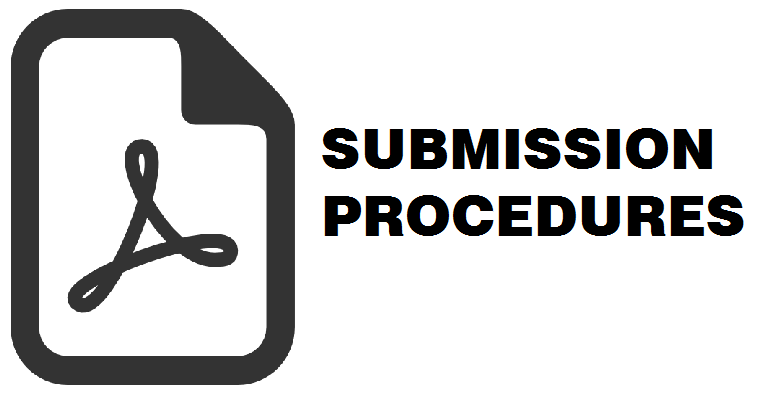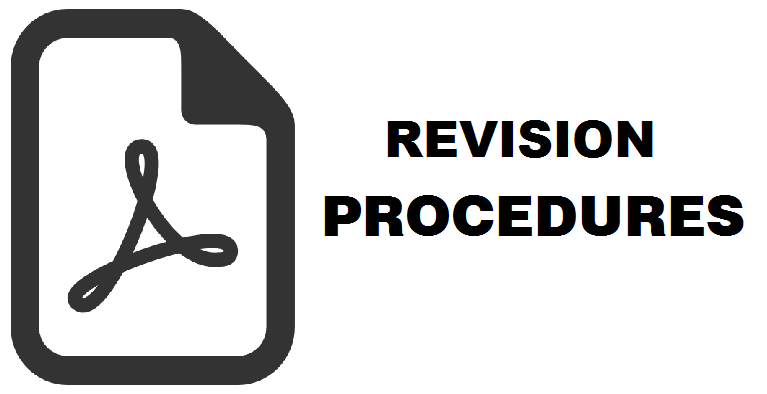Model of Agents-Based Branchless Banking Services Development in Urban and Rural Area
Rini Rachmawati(1*), Nur Muhammad Farda(2), Bowo Setiyono(3)
(1) Department of Development Geography, Faculty of Geography, Unversitas Gadjah Mada
(2) Department of Geographic Information Science, Faculty of Geography, Unversitas Gadjah Mada
(3) Faculty of Economics and Business, Universitas Gadjah Mada
(*) Corresponding Author
Abstract
The banking sector has experienced a far leap related to Information Communication and Technology (ICT)-based services. Among them is e-banking that has been used by the community, especially in urban areas. Likewise, the use of ATMs can be used to provide banking services to the wider community, so that it can replace most of the functions of services in banks. However, in communities outside of urban areas such as rural communities there are still limitations in accessing e-banking and ATM services. Limited use of e-banking because this service must use internet media or smart phones to access. Meanwhile, the limited use of ATMs due to the availability of ATMs in rural areas is not as much as in urban areas, considering that rural areas are areas with low settlement densities. Today, banks in Indonesia have provided branchless banking by enabling agents. Branchless banking is found in urban, suburban and rural areas. In previous research, the existence of branchless banking in the form of agents and their utilization by customers has been identified. From previous studies, maps of agent and customer density and analysis related to the condition of regional accessibility have been produced. This research is a further study focusing on sub districts area with high agent density in both rural, suburban and urban areas. The purpose of this research is to analyze the development model of agent-based branchless banking services. Data was collected through primary data through observation, structured interviews and measurement of coordinates of the location of agents and banking services in the form of ATMs and Banks. The final result is expected to be used as a model for the development of branchless banking services in Indonesia.
Keywords
Full Text:
PDFReferences
Anton, H. and C. Rorres (2013). Elementary Linear Algebra: Applications Version, 11th Edition. In The American Mathematical Monthly.
Bold, C (2011). Branchless Banking in Pakistan : A Laboratory for Innovation. CGAP Brief. Washington, DC: World Bank. © World Bank. https://openknowledge.worldbank.org/handle/10986/9449 License: CC BY 3.0 IGO.
Castells, M (1996). The Information Age: Economy, Society and Culture. The Rise of the Network Society. Volume I. Blackwell Publisher. Massachusetts.
Chipeta, C. and M.M. Muthinja (2018). Financial innovations and bank performance in kenya: Evidence from branchless banking models. South African Journal of Economic and Management Sciences, 21(1) doi:http://dx.doi.org.ezproxy.ugm.ac.id/10.4102/sajems.v21i1.1681
Ferdous, J., R.A. Mosharrafa, N. Farzana (2015). Agent Banking in Bangladesh - A New Era in Financial Institution by Enhancing Customers’ Accessibility and Profitability of Banks. The International Journal Of Business & Management (ISSN 2321 –8916). Vol 3 Issue 3.
Hegde, S and V.D. Kotian (2016). Branchless Banking for the Poor as a Part of Financial Inclusion. International Journal of Scientific Research and Modern Education (IJSRME) ISSN (Online): 2455 – 5630 www.rdmodernresearch.com) Volume I, Issue II.
Ivatury, G (2006). Brazil’s banking correspondents in: Mathison, S. (Ed.). Electronic Banking with the Poor: Increasing the Outreach and Sustainability of Microfinance through ICT Innovations. The Foundation for Development Cooperation. Brisbane. Australia.
Kustina, K.T., G.A.A.O. Dewi, G.D. Prena, and W. Suryasa (2019). Branchless Banking, Third-Party Funds, and Profitability Evidence Reference to Banking Sector in Indonesia. Journal of Advanced Research in Dynamical and Control Systems. Volume 11.Issue 2. Pages: 290-299.Mark Pickens,M., D. Porteous, and S. Rotman (2009). Scenarios for Branchless Banking in 2020. Department of International Development. CGAP Publication.
Mas, I (2009). The Economics of Branchless Banking. Innovations: Technology, Governance, Globalization. Volume 4, No 2. p.57-75.
Rachmawati, R., N.M. Farda, R. Rijanta, and S.D. Kurnianto (2009). Model For Location Development of ATM Banking Service in Urban Area. Indonesian Journal of Geography. 41 (2). page 137-148.
Rachmawati, R (2011). Perubahan Pola Spasial Pergerakan Penduduk dan Lokasi Pelayanan Ekonomi yang Tersubsitusi oleh Teknologi Informasi dan Komunikasi : Studi Kasus Perkotaan Yogyakarta. Disertasi. Universitas Gadjah Mada.
Rachmawati, R. and R. Rijanta (2012). Population Mobility and Urban Spatial Structure : Does the Use of Information and Communication Technology Matter? Regional Views. ISSN 0915-4094. Number 25. March 2012. 9-19.
Rachmawati, R., N.M. Farda, R. Rijanta, B. Setiyono, S.A. Hapsari, E. Ramadhan, and R.D. Dharmawan (2019/a). The Comparison Between The Uses of Branchless Banking in Urban and Rural Areas: Geographical Perspective. Southeast Asian Geography Association (SEAGA) 13th Conference. IOP Conf. Series: Earth and Environmental Science 338 (2019) 01201.
Rachmawati,R., N.M. Farda, R. Rijanta, B. Setiyono (2019/b). The Advantages and Analysis of The Location of Branchless Banking in Urban and Rural Areas in Yogyakarta Special Region, Indonesia. Journal of Urban and Regional Analysis, vol. XI, 1, 2019. p. 53 – 68.
Rachmawati, R., N.M. Farda, B. Setiyono, A. Rohmah, R. Rahmawati, and C.A. Mariza (2019/c). The transition of Urban Services in Villages in the Implementation of Branches Banking in Kulon Progo Regency. International Conference
on Environmental Resources Management in Global Region IOP Conf. Series: Earth and Environmental Science 256 (2019) 012034
Silverman, B. W (1986). Density estimation: For statistics and data analysis. In Density Estimation: For Statistics and Data Analysis. ttps://doi.org/10.1201/9781315140919
Stilwell, F (1995). Understanding Cities and Regions. Pluto Press Australia. NSW.
Yousafzai, S.Y., J.G. Pllister, G.R. Foxall (2003). A Proposed Model of E-Trust for Electronic Banking. Technovation 23. 847-860.
Willis,R., J.N. Marshall, R. Richardson (2001). The Impact of ‘Branchless Banking’ on Building Society Branch Networks. Environment and Planning A: Economy and Space. Volume: 33 issue: 8. page(s): 1371-1384.
Wilson, V (2014). Research Methods: Sampling. Evidence Based Library and Information Practice. 9 (2). 45-47.
Article Metrics
Refbacks
- There are currently no refbacks.
Copyright (c) 2020 Rini Rachmawati, Nur Muhammad Farda, Bowo Setiyono

This work is licensed under a Creative Commons Attribution-NonCommercial 4.0 International License.
Accredited Journal, Based on Decree of the Minister of Research, Technology and Higher Education, Republic of Indonesia Number 225/E/KPT/2022, Vol 54 No 1 the Year 2022 - Vol 58 No 2 the Year 2026 (accreditation certificate download)
ISSN 2354-9114 (online), ISSN 0024-9521 (print)









